Brilliant fleet solutions from Herd Group

Keeping your business wheels turning and earning money are the most important factors for any business, which is why it’s important to optimise your fleet solution and maximise vehicle availability. Herd Synergy from the Herd Group, provides a broad collection of services allowing customers to create bespoke, dynamic solutions that delivers greater value for their […]
FOR EV: Making your fleet electrification simple, rewarding and risk-free
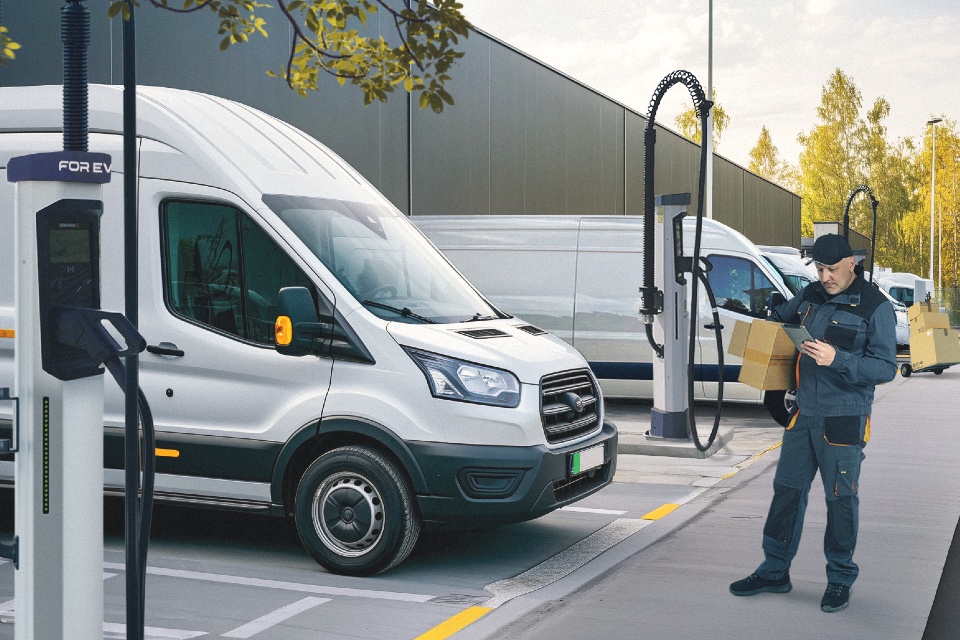
FOR EV is a leading solution provider simplifying the transition to electric vehicle fleets. We specialise in delivering customised EV fleet solutions that meet the unique and complex needs of each client. By providing optimal site design, cutting-edge technology, flexible financial packages, and exceptional customer service, FOR EV ensures cost certainty and allows businesses to […]
THE WHICHEV VIEW: Rolls-Royce sets pulses racing with the ‘Black Badge’ Spectre
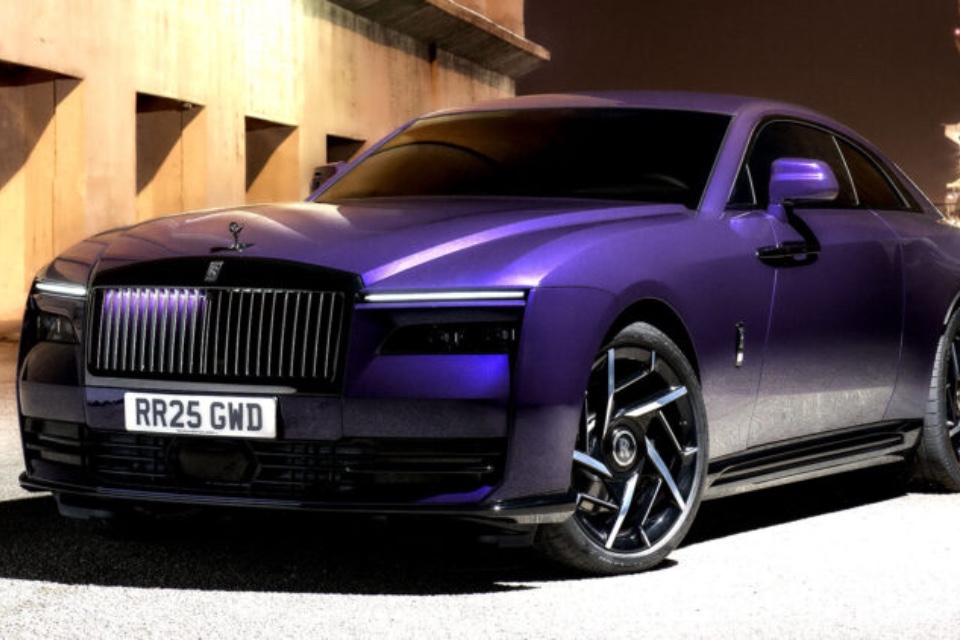
By WhichEV Rolls-Royce has introduced the Black Badge Spectre, an enhanced version of its all-electric Spectre coupe, claiming the title of the most powerful car in the company’s history. Designed to appeal to clients who seek a more dynamic edge alongside traditional Rolls-Royce luxury, the Black Badge Spectre delivers increased performance, revised handling, and a […]
EV & HYBRID MONTH: Laying the foundations for a smooth fleet transition

Fleet managers across industries are under increasing pressure to transition to electric (EV) and hybrid vehicles. With government incentives, regulatory changes, and growing consumer demand for sustainability, we’re set for a critical year for fleet electrification. However, making this shift presents logistical, financial, and operational challenges. Here’s a guide to navigating these challenges… 1. Overcoming Infrastructure […]
BVRLA calls on industry feedback for Zero Emission Van Plan

The British Vehicle Rental and Leasing Association (BVRLA) is gathering feedback on the real-world impact of updating the 4.25t van rules, and says every response will help shape the consultation. It says the transition to zero-emission vans is creating considerable challenges for operators, who are struggling with inflexible regulations, high costs, and inaccessible infrastructure. One […]
EV & HYBRID MONTH: How telematics and AI are optimising fleet performance

Telematics and AI are transforming how fleets operate, offering powerful tools to monitor, manage, and enhance the capabilities of hybrid and EV vehicles. Here’s how these technologies are shaping fleet management strategies on a day-to-day basis… 1. Energy Usage Analytics for Cost Savings One of the primary advantages of telematics in hybrid and EV fleets […]
EV & HYBRID MONTH: Addressing cost, range, and infrastructure barriers in 2025
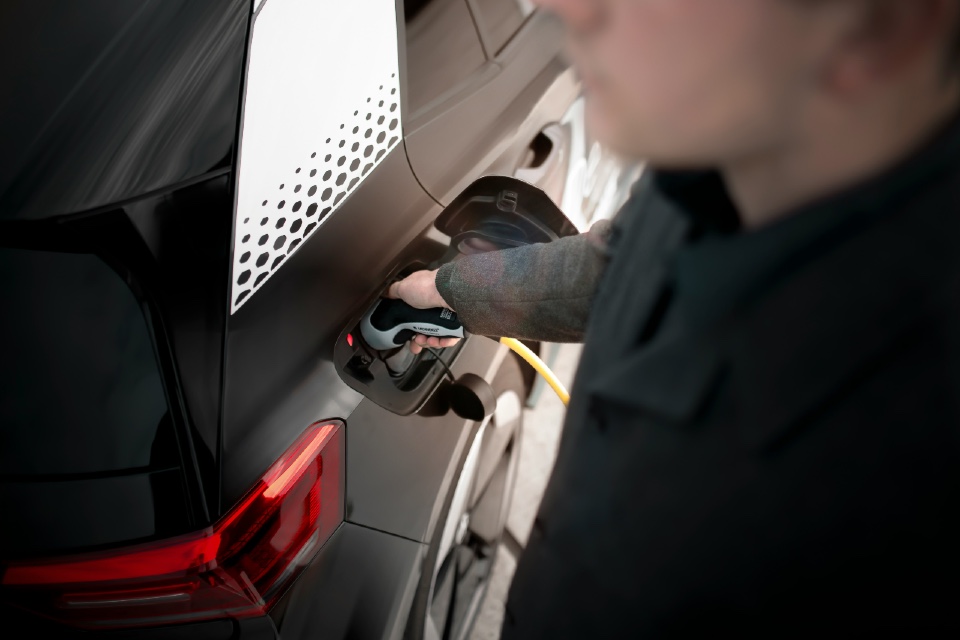
The transition to hybrid and electric vehicles (EVs) is a crucial step toward sustainability, but it comes with unique challenges. Fleet managers in the public and private sectors face hurdles such as high upfront costs, range limitations, and charging infrastructure gaps. Overcoming these barriers is essential to successfully integrating hybrid and EV fleets. Here are […]
THE WHICHEV VIEW: How will the China-EU EV tariff dispute play out?
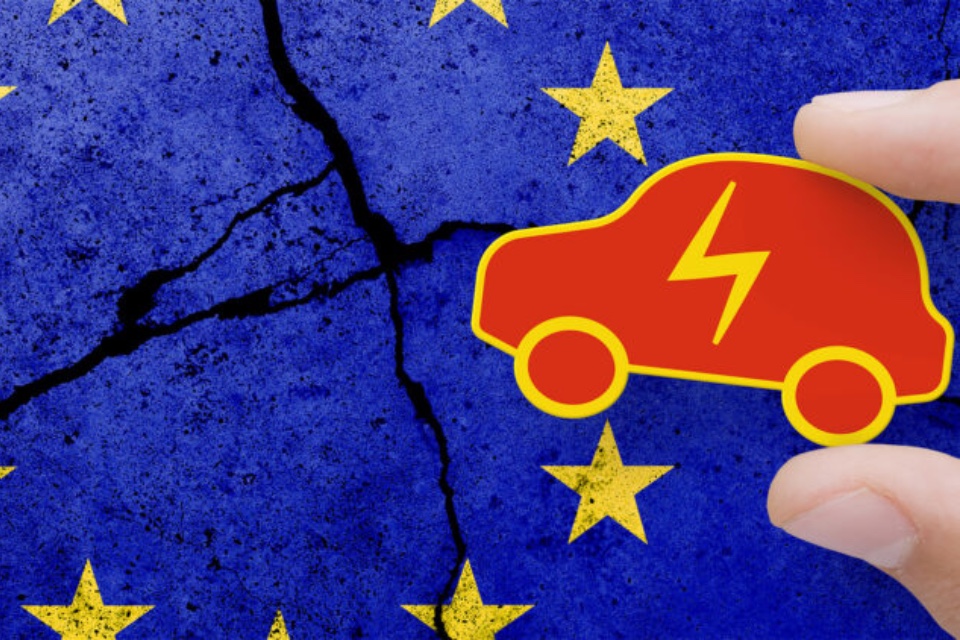
By WhichEV A deepening dispute over tariffs on electric vehicles (EVs) has led to escalating tensions between China and the European Union, as both economic giants struggle with the changing dynamics of the global car market. China, now the world’s largest car producer, has rapidly embraced EV manufacturing, treating the automotive industry much like its […]
Adapting to change: Electrification and growth in the European fleet industry
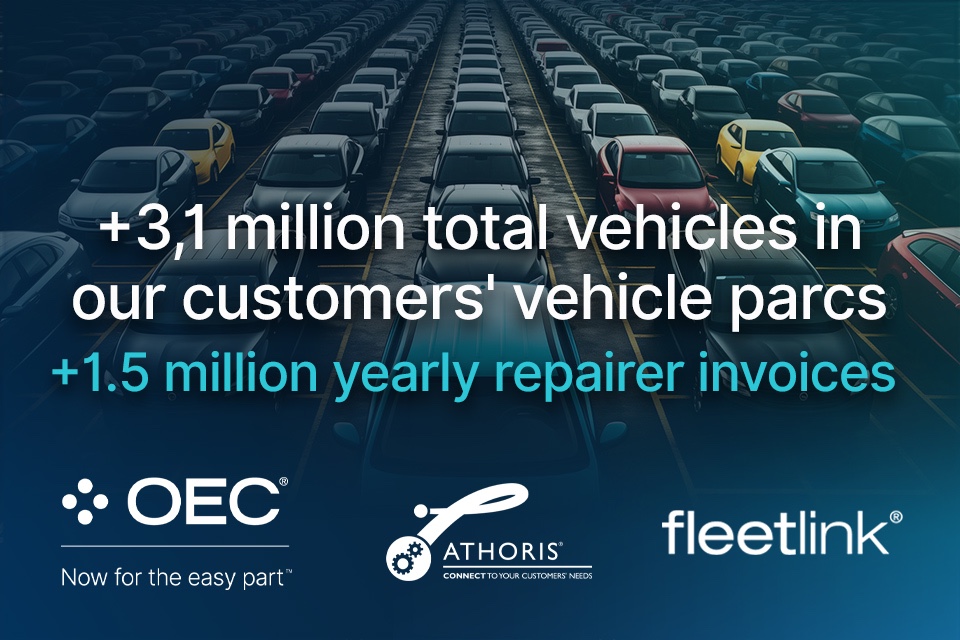
By Ralph Gliemann, Director Professional Services, OEConnection In recent years, there have been substantial advancements that have contributed to the growth of the European fleet. The average vehicle age has steadily increased since 2016, demanding higher levels of service and maintenance. At the same time, there has been a steady decline in privately owned vehicles, […]
THE WHICHEV VIEW: Where does the US-China EV trade war leave UK buyers?

By WhichEV Around 60% of the electric cars produced in the world come from China. Until recently, most were sold internally, to drivers in China – but the Chinese know that they have a ‘winning offer’ and are looking to expand globally over the next 10 years. Unable to compete on a price-innovation-quality basis, the […]


